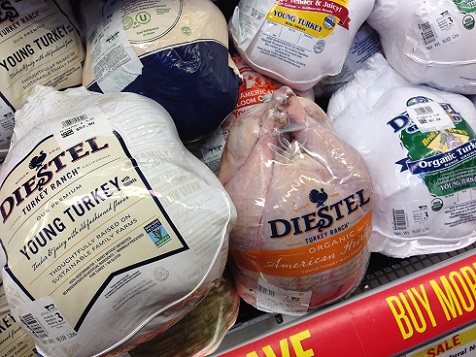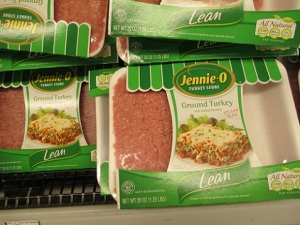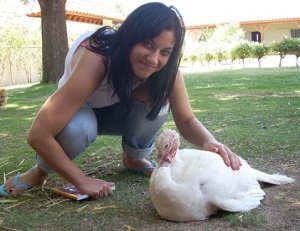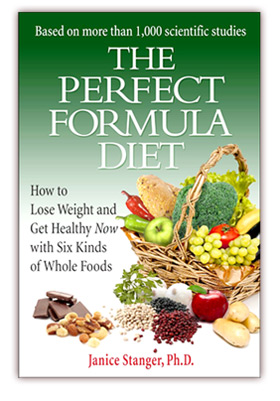
You can pay a lot of money for turkey labeled as “organic” or “sustainable,” but there is no evidence this reduces the health risks of eating poultry
Chicken and Turkey Are Health Risks All Year Long
Turkeys are the routine centerpiece of many holiday meals, while chickens are a common “main course” for everyday dinners. Yet when you look closely at poultry, the health dangers may surprise you, and guide you to make life-affirming choices instead. Here are five hazards you should know about if you think that chicken and turkey are “health foods.”
POULTRY INCREASES YOUR RISK OF WEIGHT GAIN
Chicken and turkey are portrayed as smart choices if you are trying to lose weight. Reality proves this is false advertising. A study in Europe followed 373,803 participants for an average of five years to see what foods were linked to weight gain over time. The strongest association was found for poultry.
The researchers point out that all meat is calorie-dense. According to the USDA, three ounces of light meat, roasted chicken (one “serving”) contains 147 calories, while an equivalent amount of light meat, roasted turkey has 125 calories. This might not sound like much, until you realize that a “serving” is about the size of a deck of cards, while your stomach is about the size of a liter bottle. How many poultry servings would it take to fill that bottle? Lots of calories, and with zero associated fiber in the birds to make you feel full.
If you want to stop or reverse weight gain, try a whole foods, animal-free diet. Numerous studies
consistently show that people who choose a plant-based lifestyle are leaner than those who eat animal foods, including poultry.
A SIDE OF CANCER WITH THAT BIRD
Several studies indicate that eating poultry and exposure to chickens and turkey over prolonged periods of time raise the risk of various kinds of cancer.
• A study in Shanghai and another in the US found eating more poultry boosted breast cancer risk. In the American study, Caucasian women who ate the most poultry had a 42% high likelihood of developing breast cancer.
• A European study of more than 477,000 people found that each additional 1.76 ounces of poultry eaten per day raised pancreatic cancer risk by 72%.
Researchers have tested the idea that viruses in chickens and turkeys that cause cancer may infect people, greatly increasing cancer likelihood. The easiest way to study this is in poultry workers, who have been found to have alarmingly higher incidence of liver, pancreatic, and brain cancer. Those who grow up on a poultry farm have an especially high incidence of blood cancers.
Does this mean that if you are not in one of these groups, you don’t have to worry? Quite the opposite. It is to be expected that people with the greatest contact with poultry will develop these dangerous viral infections more quickly and at a higher rate, but anyone who is in contact with live or dead chickens and turkeys with infectious viral loads is at risk.
JOINING THE DIABETES EPIDEMIC
With the incidence of diabetes soaring to record levels, this is one popular trend you would be well advised to side step. The food you choose has a decisive influence on your likelihood of developing

If you buy the poultry myths, you may spend a lot more time than you want to hanging around doctors’ offices
diabetes. The finding that red and total meat increases the risk of developing type 2 diabetes is well known. Now poultry can be added into that list. A study of 340,234 adults in eight European countries showed the amount of poultry eaten was a significant predictor of whether a person developed diabetes. This effect was particularly strong in women.
KIDNEY STONE AGONY
One in ten people in developed countries will suffer the excruciating pain of kidney stones. A recent study in Europe followed 51,336 participants for an average of almost 14 years each. Researchers found a strong link between kidney stone formation and amount of meat and poultry consumed. Focusing on poultry, those who ate the most had a 35% higher risk of developing kidney stones than those who ate the least did.
Want to reduce your risk of this tormenting condition? Try fruit. Those who consumed the most fruit cut their risk of kidney stones by 30%. Whole grain cereals did even better, slashing the likelihood of kidney stones by 39% in those who ate the largest quantities.
FUN WITH FOOD POISONING
How about some feces for dinner, or a salmonella sandwich? You can accomplish this menu simply by

Grinding meat increases the risk of food poisoning, because it exposes more surface area for bacteria to grow on
choosing poultry. In 2012, the Physicians Committee for Responsible Medicine tested chicken sold by 15 grocery store chains in 10 U.S. cities. Forty-eight percent of the chicken was contaminated with feces. This is to be expected, given the filthy conditions in which chickens are raised, transported, and slaughtered. Thoroughly cooking chicken may kill bacteria, but does not get rid of feces – you will be chowing that down along with the chicken muscle.
Thanksgiving is an especially dangerous time for food poisoning. Dangerous levels of bacteria in a turkey can quickly soar if any step in the turkey’s preparation – from thawing, preparing, stuffing, and cooking – is mishandled.
A comprehensive 2011 analysis by University of Florida concluded that poultry is the most dangerous food for causing food poisoning, and is strongly associated with infection from Salmonella and
Campylobacter. While both these infections can lead to death in vulnerable people, Campylobacter is strongly associated with the autoimmune development of subsequent neuromuscular paralysis.
Thoroughly cooking poultry in no way gets rid of the problem, because infection is closely associated with cross-contamination of surfaces in the kitchen. For example, the cook may touch another food or kitchen surface after handling poultry without disinfecting their hands first, or a knife used to cut raw poultry may be accidentally used to cut another food that will not be cooked.
One of the issues in understanding the dangers of eating poultry is that Americans eat so much of it. So in studying the association of poultry and disease, it’s hard to draw conclusions if just about everyone is eating massive amounts of chicken and turkey. Still, even at this disadvantage, scientists are starting to draw conclusions on dangers from consuming poultry. You are well advised to look beyond the hype of chicken and turkey as “health foods” to understand what is really going on. You are the one who can best protect yourself.
If you enjoyed this post, you may want to check out these whole foods, plant-based recipes, while you leave your poultry preparation in the dust bin of failed ideas.
Intrigued? Now you can use our Whole Foods Blog Finder to target informative, fun postings on whole
foods, plant-based diets. Quick information at no cost!
Blog posting by Janice Stanger, Ph.D. Janice authored The Perfect Formula Diet: How to Lose Weight and Get Healthy Now With Six Kinds of Whole Foods, a book that shows you how to easily reap the benefits of a whole foods, plant-based lifestyle. Janice enjoys eating lots more since going animal-free in her food choices.
Tags: cancer, chicken, dangers of poultry, diabetes, getting healthy, lose weight, Plant-based nutrition, Thanksgiving, turkey, weight loss, whole foods plant-based diet







